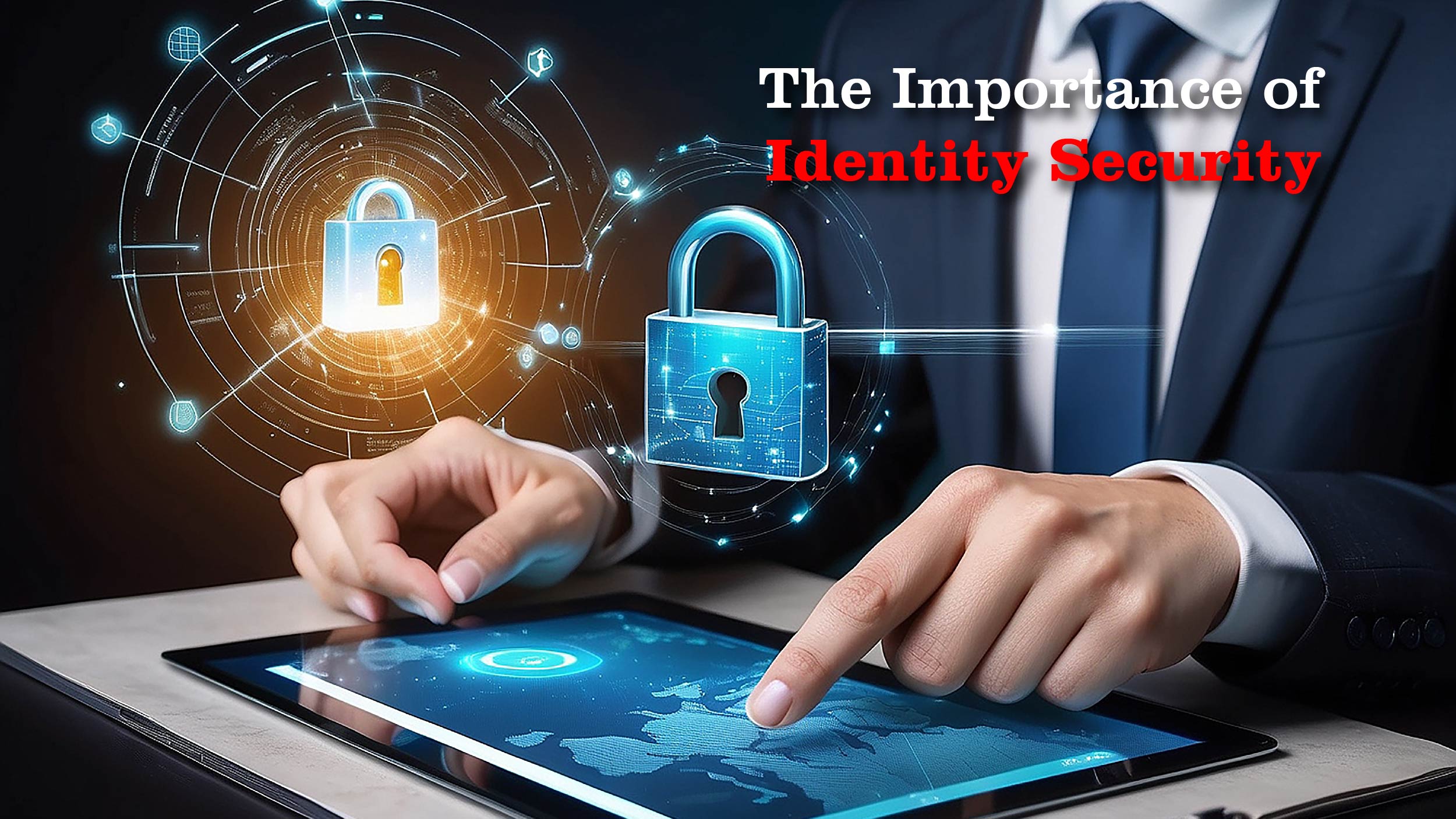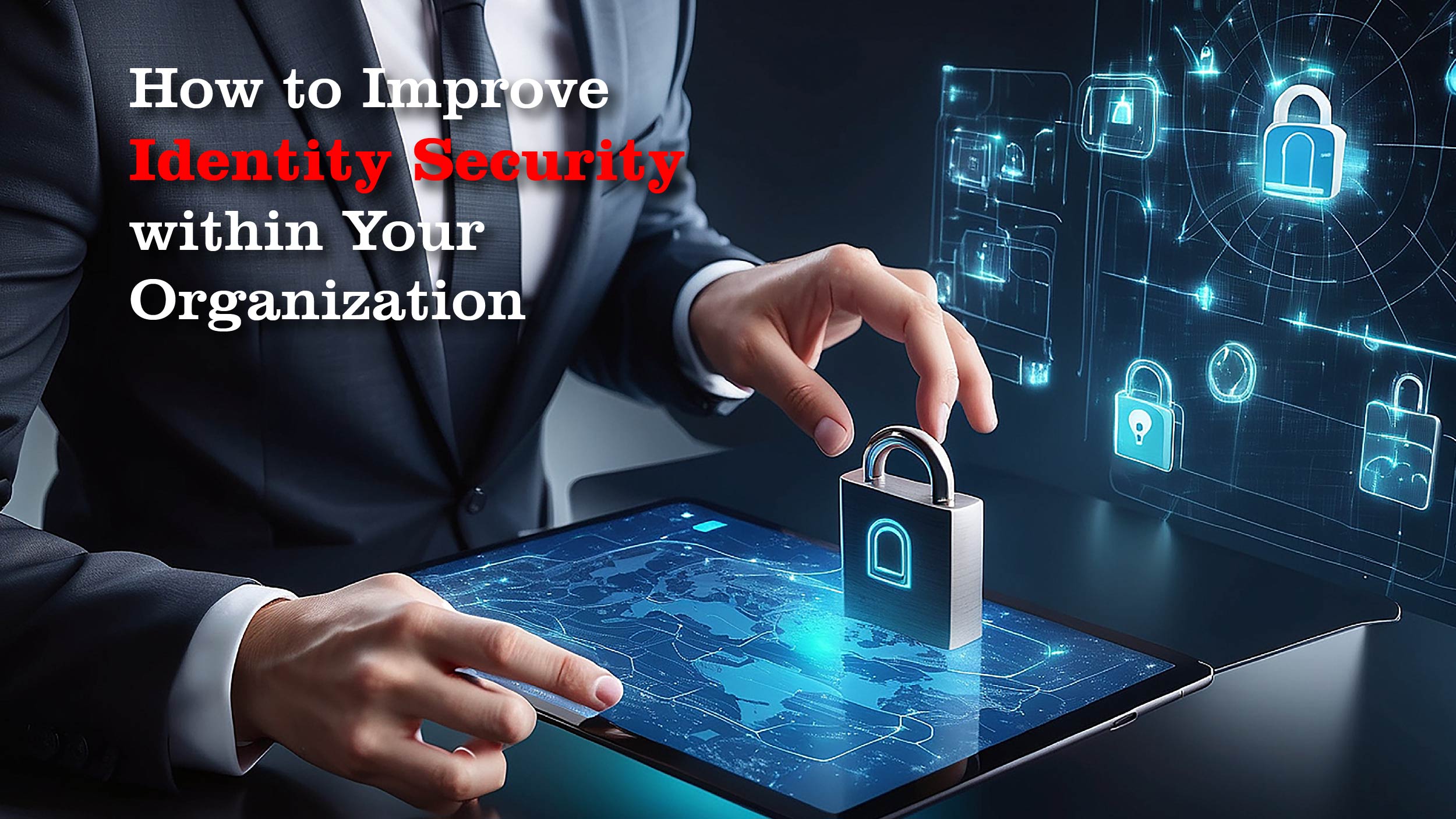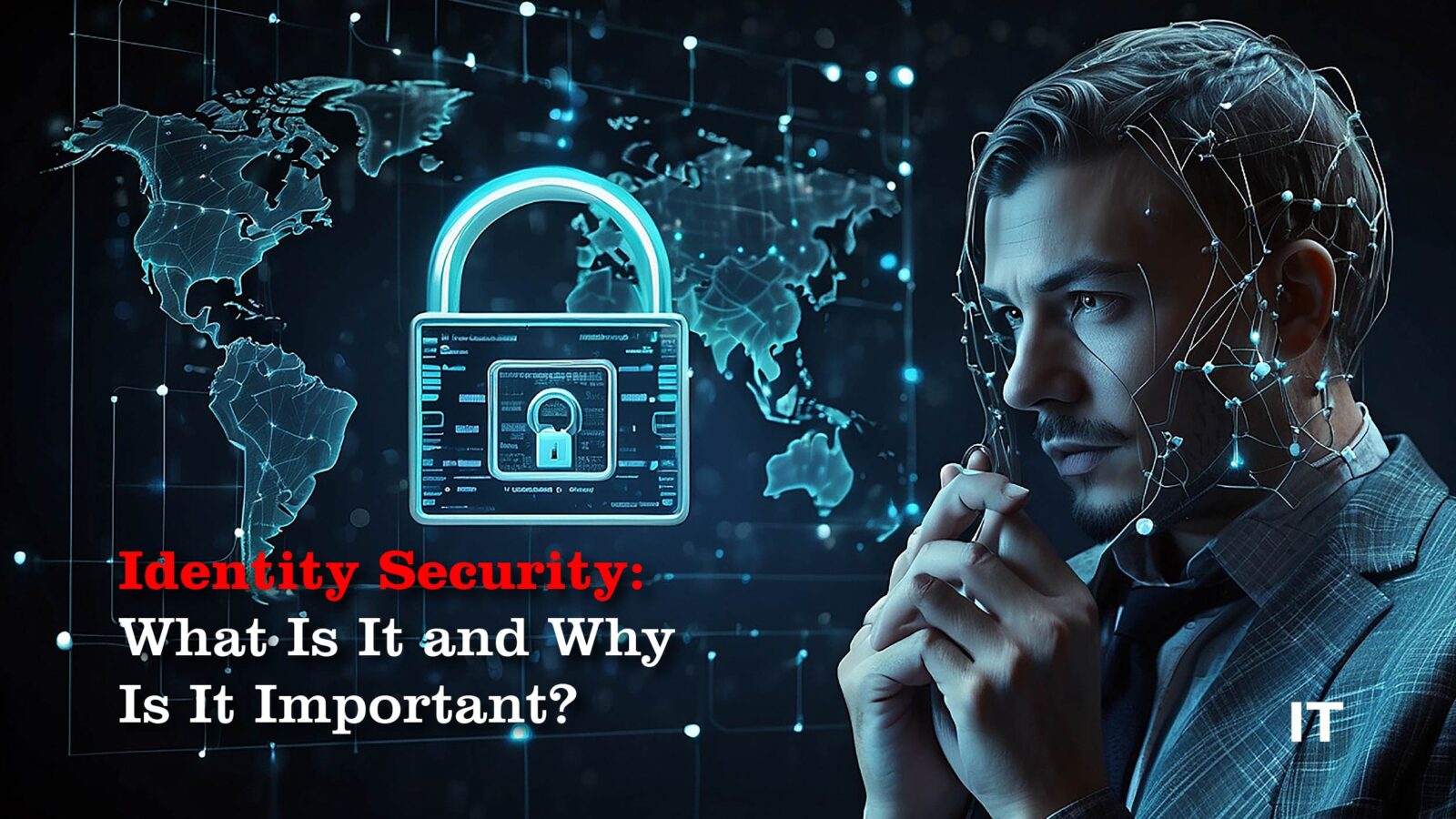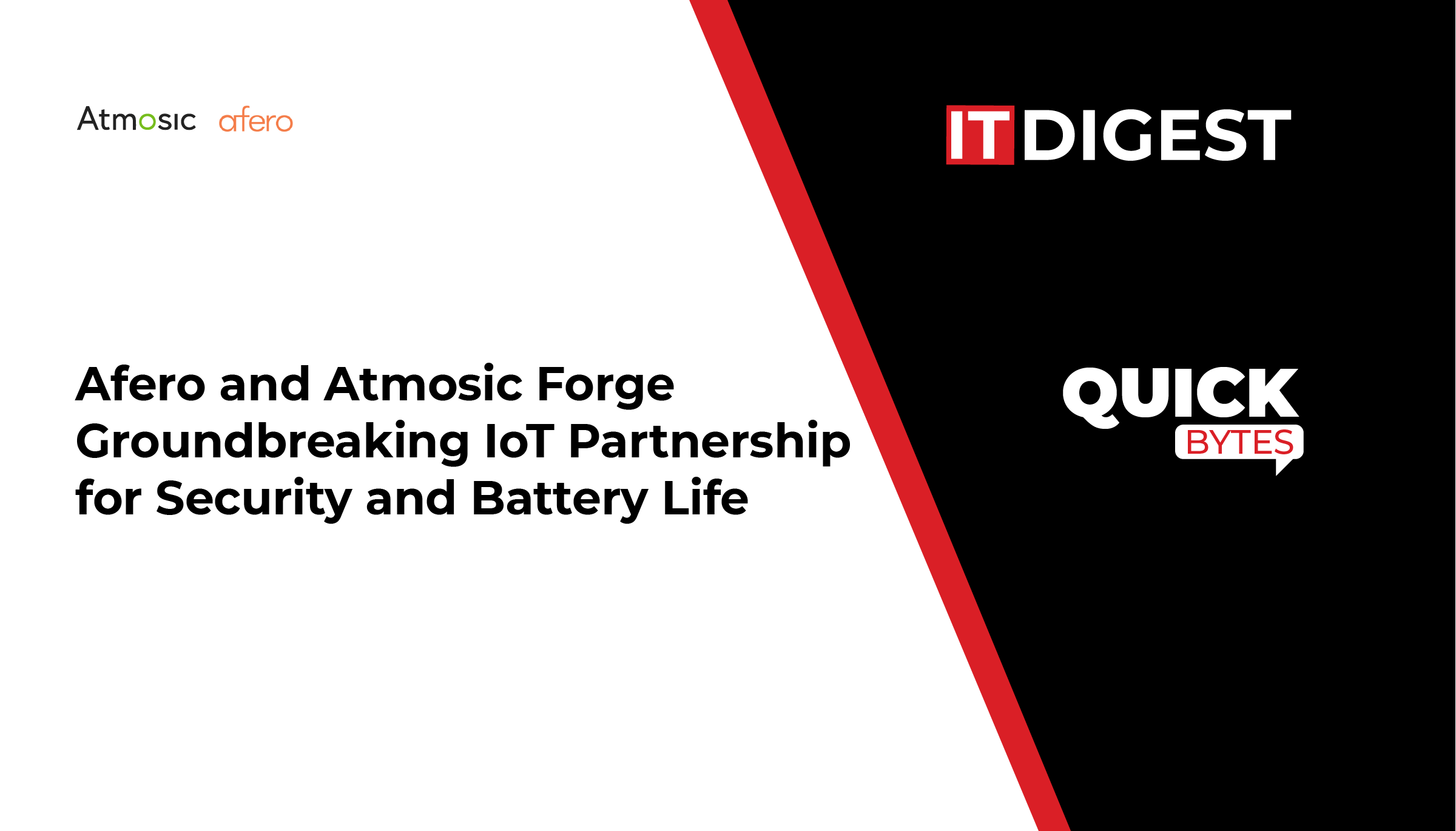Identity theft is one of the major breach risks. The Identity Theft Research Center (ITRC) Annual Data Breach Report detected a 72% increase from the previous highest number set in 2021, impacting at least 353 million individuals. Additionally more than 1 in 5 Americans have been the victim of some form of identity thefts. This is why identity security is important.
Identity security refers to the measures and practices implemented to protect personal information and ensure the authenticity of individuals’ identities in digital transactions. It encompasses a range of technologies, processes, and policies designed to safeguard sensitive information and prevent unauthorized access. Let’s learn more about it in this article.
What is Identity Security?
Identity security involves various measures, processes, and technologies to protect digital identities from unauthorized access, theft, or misuse. It includes practices such as multi-factor authentication, least privilege access management controls, and encryption to verify and authorize identities accurately. By implementing identity security measures, organizations can mitigate the risk of digital identity-driven breaches and protect sensitive data.
The importance of identity theft protection has grown significantly in recent years, as cyberattacks and data breaches continue to increase in frequency and severity.
The Importance of Identity Security
 Identity security has emerged as a critical focus area for organizations as attackers increasingly target identities to gain unauthorized access. Recent trends have significantly expanded the scope and complexity of identity-related risks.
Identity security has emerged as a critical focus area for organizations as attackers increasingly target identities to gain unauthorized access. Recent trends have significantly expanded the scope and complexity of identity-related risks.
The rapid adoption of cloud-based technologies and services aimed at delivering enhanced digital experiences has led to a proliferation of identities across various platforms. Moreover, the shift towards remote and distributed workforces has further exacerbated the challenge. These trends were accelerated by the events of 2020, where organizations with robust digital infrastructures thrived while others struggled.
In tandem with these developments, attackers have evolved their tactics, introducing new dimensions to the threat landscape. New studies reveal that 91% of breaches originate from compromised identities. Implementing robust authentication measures and modern identity management practices can streamline operations and enhance productivity.
Also Read: Everything You Need to Know About Threat Intelligence?
Benefits of Identity Security
- Protection of Sensitive Data: It safeguards sensitive data, including customer information, employee data, trade secrets, and payment details, from unauthorized access and theft.
- Compliance with Data Privacy Laws: It ensures compliance with data privacy regulations such as GDPR, HIPAA, SOX, and PCI-DSS. By implementing security measures, organizations can meet regulatory requirements and avoid penalties.
- Prevention of Identity-Driven Breaches: Solutions can detect and prevent identity-driven breaches by continuously monitoring and analyzing identities, human and machine alike, allowing organizations to identify and mitigate potential threats proactively.
- Enhanced Visibility and Control: It provides improved visibility into credentials, identities, and access privileges, enabling centralized management and control of user access, thus reducing the risk of unauthorized access and ensuring proper governance.
- Improved User Experience: Security solutions, such as single sign-on (SSO), enhance user experience by reducing the need for repeated sign-ins across multiple digital touchpoints, improving convenience while maintaining security.
- Reduced Risk of Data Breaches and Identity Theft: Implementation of security measures mitigates the risk of data breaches, identity theft, and illegal access to sensitive corporate information, safeguarding the organization’s reputation and maintaining customer trust.
- Future-Proof Security: It offers a relatively future-proof method of securing data. As technology evolves and work environments become more remote and cloud-based, security solutions adapt to changing needs, ensuring secure access to company assets.
- Efficient Resource Management: These solutions enable efficient management of identities, access privileges, and activities. By eliminating excessive privileges and detecting anomalies in privilege usage, organizations can optimize resource allocation and reduce security risks.
How to Improve Identity Security within Your Organization
 Enhancing identity security within your organization is crucial for protecting sensitive data and mitigating cyber threats. Here are some effective strategies to bolster security:
Enhancing identity security within your organization is crucial for protecting sensitive data and mitigating cyber threats. Here are some effective strategies to bolster security:
- Identify and Remediate Privileged Account Exposures:
- Identify privileged account exposures and misconfigurations within your network.
- Remediate vulnerabilities by removing saved credentials, shared files, and other potential points of exploitation.
- Prevent Credential Harvesting:
- Implement multi-factor authentication to enhance credential security.
- Monitor and secure reversible passwords stored in scripts or group policy files to prevent credential harvesting attacks.
- Utilize the Right Identity Security Tools:
- Choose security tools that align with zero trust architectures and provide comprehensive protection against identity attacks.
- Consider tools such as Ranger AD Assessors, Singularity Hologram, and IDTR in conjunction with XDR to enhance security and reduce the risk of cyber threats.
Top Identity Security Concerns
Identities are assets, not just people. Cybercriminals target these uniquely capable corporate assets, creating a significant challenge for security leaders: to secure identities at all times, across all locations, and on-demand. Here are the main concerns:
Complexity
Managing identities across various systems and applications is incredibly complex. This complexity can lead to vulnerabilities and misconfigurations, which cybercriminals exploit. Misconfigured systems may allow unauthorized access to sensitive data, applications, or systems. Identity systems also struggle to manage the vast number of SaaS relationships that develop over time.
Change
The identity attack surface changes frequently, with 30% to 50% of identities undergoing changes annually. Employees change roles, leave organizations, or are hired as contractors or seasonal staff. SaaS relationships for these identities also change continuously. Organizations typically experience 60% “SaaS churn” every two years, leading to abandoned, orphaned, or decommissioned SaaS apps. This can result in duplicate identities and credentials, increasing costs and waste. The only constant in this dynamic environment is identity. Identity-first security is essential to uncover and manage identity-SaaS relationships, exposures, and exploit chains.
Distributed Targets for Threats
The rise in SaaS and cloud adoption, along with the increase in remote and hybrid work, has made tracking data access more challenging. Organizations now operate more flexibly, but this flexibility complicates IT teams’ ability to monitor who accesses what data, from where, and on which device. The diverse array of endpoints, including laptops, tablets, and smartphones, has expanded the threat landscape. According to a Verizon report, 40% of data breaches in 2022 involved the misuse of legitimate credentials. These identity-related threats highlight the urgent need for robust security measures.
Bottom Line
Identity security is an indispensable component of modern cybersecurity strategies. It provides crucial protection against unauthorized access, identity theft, and breaches of sensitive information. By implementing digital security measures, organizations can ensure compliance with data privacy regulations, enhance user experience, and mitigate the risks associated with identity-driven attacks.
































